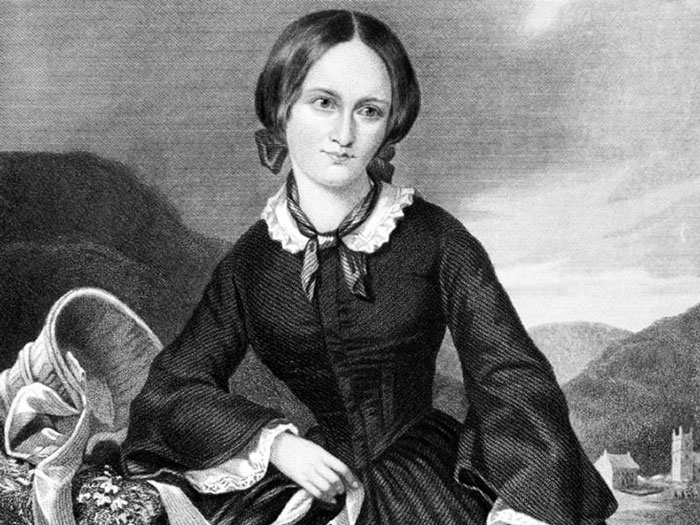


In the upstairs was two bedrooms and a third room, scarcely bigger than a closet, in which the sisters played their games. The front door opened almost directly on to the churchyard. Their parsonage home, a small house, was of grey stone, two stories high. The lonely purple moors became one of the most important shaping forces in the life of the Bronte sisters. In 1820 he moved to Hawort, a poverty-stricken little town at the edge of a large tract of moorland, where he served as a rector and chairman of the parish committee. Patrick Bronte loved poetry, he published several books of prose and verse and wrote to local newspapers. In 1812 he married Maria Branwell of Penzance. Eventually he settled in Yorkshire, the centre of his life's work. Patrick Bronte, had moved from Ireland to Weatherfield, in Essex, where he taught in Sunday school. Using recent feminist work on gender and genre Lyn Pykett throws fresh light on the complexities of Wuthering Heights, and suggests that much of this novel's distinctiveness may be attributed to the particular ways in which it both combines and explores Female Gothic and the emerging realist domestic novel, a genre also widely used and read by women.Emily Bronte (1818-1848) was born in Thornton, Yorkshire, in the north of England. This study offers an extensive rereading of the poems which focuses on Emily Bront_'s problematic relationship to the Romantic tradition in which they were produced, and to the critical tradition in which they have been reproduced. Contents: Emily Bront_: A Life Hidden from History The Writings of Ellis Bell 'Not at all like the poetry women generally write' Emily Bront_ and the Problem of the Woman Poet Death Dreams and Prison Songs Gender and Genre in^R Wuthering Heights Changing the Names: The Two Catherines Nelly Dean: Memoirs of a Survivor The Male Part of the Poem Reading Women's Writing: Emily Bront_ and the CriticsĮmily Bront_'s writings explore, expand, and transgress limited nineteenth-century ideas of the nature of the female lot and of women's creativity. Using recent feminist work on gender and genre Lyn Pykett throws fresh light on the complexities of Wuthering Heights, and suggests that much of this novel's distinctiveness may be attributed to the particular ways in which it both combines and explores Female Gothic and the emerging realist domestic novel, a genre also widely used and read by women. Emily Bront_'s writings explore, expand, and transgress limited nineteenth-century ideas of the nature of the female lot and of women's creativity.


 0 kommentar(er)
0 kommentar(er)
